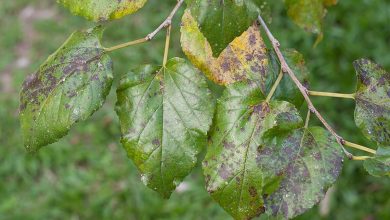Begonia Rex: [Cultivation, Substrate, Irrigation, Associations, Pests and Diseases]
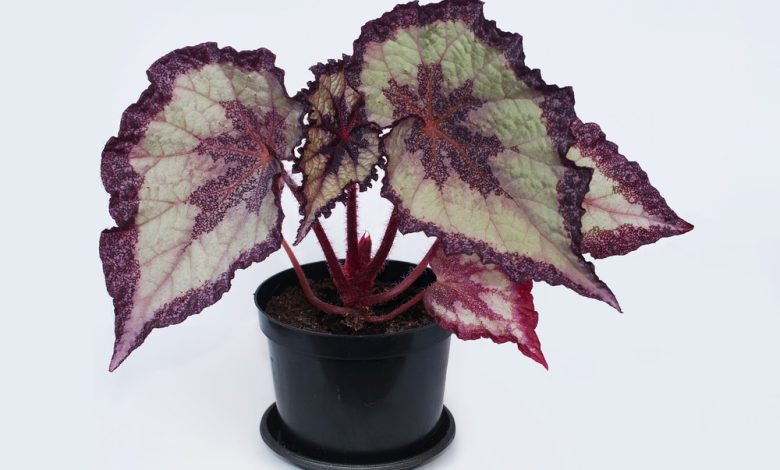
Important points when planting Begonia rex
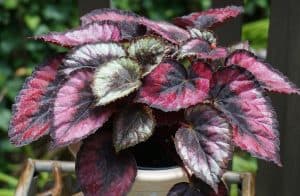 Where to sow? Lots of light, but not direct sunlight. Shade.
Where to sow? Lots of light, but not direct sunlight. Shade.- When? In spring.
- How do we prepare the land? removed. The pH between 5.5-6.0. With a substrate such as compost and a mixture of peat, bark and sand: 2.2.1.
- How do we water? By sprinkling, without flooding.
- How often do we water? In spring and summer: 2 times a week. Every 15 days in winter.
- Plagues and diseases? Red spider, thrips, cochineal and whitefly. Powdery mildew, Botrytis, stem rot.
The begonia rex is the product of the hybridization of begonias of tropical origin and, therefore, must be grown indoors, or outdoors in very specific conditions (zones 10-12).
Nicknamed the plant of a thousand colors, it is a species with a very peculiar shape and a very attractive color. It is native to India, of which there are countless hybrids.
Its common name is leaf begonia, royal begonia, or king begonia, although it is better known by its scientific name Begonia rex.
When to plant a rex begonia?
The begonia rex requires care when planting it. It is a plant whose sowing is recommended during the spring so that its beautiful flowers can be enjoyed until autumn.
The sowing of the bulbils is done in April and May, as soon as the frosts are over, keeping 20 to 25 cm between each one and pressing them down (2 to 3 cm). They can be started in early March.
Where to plant a bengonia rex?
 These begonias need a bright place, since it influences the chromatism of the foliage (less light and heat, less color), even if it is outside the direct action of the sun, which burns the leaves.
These begonias need a bright place, since it influences the chromatism of the foliage (less light and heat, less color), even if it is outside the direct action of the sun, which burns the leaves.
The rex begonia should be located near a north-facing window, where the light is sufficient and the direct sun does not touch the leaves.
The influence of direct sun is devastating, it causes burns that result in the partial or complete drying of the leaves, and the new leaves will be smaller. They prefer a constant temperature – if possible, that does not exceed 26 degrees in summer or fall below 12 degrees in winter – and environmental humidity.
For this reason, it is common to find such beautiful specimens in the north where the dry atmosphere results in curling of the leaves, but excess humidity does not suit them either.
Good ventilation will keep them free of fungus, but that does not mean exposing them to drafts, which are also negative.
How to prepare the land?
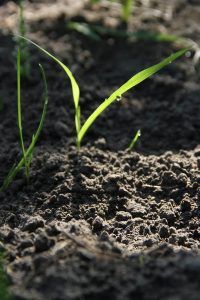 The soil required by begonia rex is a mixture that must be rich in organic matter (better if it is compost) but porous: good drainage is crucial.
The soil required by begonia rex is a mixture that must be rich in organic matter (better if it is compost) but porous: good drainage is crucial.
It needs a fairly nutritious soil, which is loose and in which water does not accumulate, reaching puddles. When watering it, it is necessary to take into account that the begonia rex requires good drainage.
In preparing the soil for rex begonia it is a good idea to add a bit of sand to the peat moss to improve drainage and aeration in the soil.
It is best to use peat that has a more acidic pH that varies between 4.5 and 5. For the Begonia rex to have those beautiful and bright colors, it will need a very nutritious soil.
How do we water a Begonia rex?
The rex begonia needs a large amount of water, so it is essential to keep the substrate moist at all times.
It is best to give it rainwater or still water by submerging the pot in a bucket for about 5 minutes a couple of times a week in the warm months, and every 10-15 days in winter; if the water is lukewarm, better. Leaves should not be wet. The substrate must dry between ration and ration of water.
The excess that accumulates in the base must be eliminated (be very careful if the pot is placed in a pot without a drainage hole). Excess water can lead to rotting of the rhizome and death of the plant.
If the soil dries out, we’ll know soon enough because the leaves will lose all their texture and will be droopy and limp. In the event that this occurs, it can still be saved.
How do we plant a Begonia rex step by step?
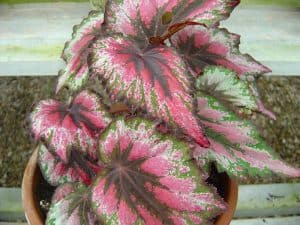 Rex begonia can be easily multiplied both by division of its rhizome and by cuttings of leaves and stems.
Rex begonia can be easily multiplied both by division of its rhizome and by cuttings of leaves and stems.
The best way to propagate Begonia rex is through leaf cuttings and for planting it is recommended:
Cut through the veins on the underside with a sharp knife, leaving the leaf underside up. Place it in a tray with equal parts peat and sand compost.
Keep the cuttings protected from direct sunlight and ensure a humid environment. From them you will be able to see how small plants emerge.
What favorable associations does it have?
The association of crops of compatible plants produces benefits with respect to their cultivation separately, in addition to the use of light, water and/or nutrients.
The begonia rex for being a plant with bushy flowers and its association must be with flowering plants with which it does not compete but that beautify the environment between the tradescantia, impatiens and carex.
What pests and diseases attack Begonia rex?
pests
Among the pests that attack the rex begonia are:
Red spider
 Affected rex begonia leaves have a yellowish area on the upper side that corresponds to the existence of colonies on the underside.
Affected rex begonia leaves have a yellowish area on the upper side that corresponds to the existence of colonies on the underside.
Dull new leaves (matte). They can also be deformed and with cobwebs below.
thrips
They are small insects that can be seen with the naked eye when they affect the plant. Their stings produce reddish-brown spots and more or less external silver-gray areas.
Woodlouse
It directly affects the leaves of the Begoña, which discolor and wither.
White fly
It frequently develops on Begonia rex crops when temperatures reach 25 degrees Celsius. The first symptoms consist of yellowing of the leaves, they become discolored and later, they dry up and fall off.
other pests
There are also other pests that affect Begonia rex such as eel nematodes and weevils.
Diseases
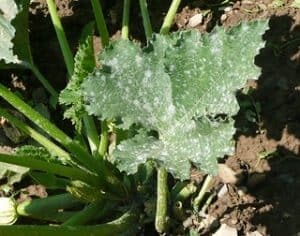 On the other hand, among the most common diseases in Begonia rex are: Powdery mildew, stem rot, botrytis or gray rot; Red spots; bacteria; Mosaic virus, among others.
On the other hand, among the most common diseases in Begonia rex are: Powdery mildew, stem rot, botrytis or gray rot; Red spots; bacteria; Mosaic virus, among others.
Gray mold can appear on the underside of the leaves in the form of brownish spots, so it is recommended to keep the plant in a much more ventilated place.
Mold can also affect the stems so the plant should be allowed to dry out almost completely; increase ventilation and treat with a fungicide. On the other hand, the plant should be sprayed with a systemic insecticide three times during the growth stage to prevent the attack of other pests.
If scorched leaves are visible, this can be avoided by keeping the Begonia rex protected from the intense sun.
Bibliography and references
- Berette, Daniela. (2017). The Begonias. Parkstone International. New York, USA.
- Guzman de Fasano, Dolores. (1998). The Care of Indoor Plants. Editorial Imaginador. Buenos Aires- Argentina.
- Morales Alvero, Carlos; Calaña Naranjo, Juan M.; Corbera Gorotiza, Jorge; Rivera Espinosa, Ramon. (2011). Evaluation of substrates and application of arbuscular mycorrhizal fungi in Begonia sp. Tropical Crops. National Institute of Agricultural Sciences. Havana Cuba. Reproduced from: http://www.redalyc.org/articulo.oa?id=193222422001
- Chavez Infante, Pamela Alejandra. (2016). Control of gray mold (Botrytis cinerea Pers.) in Begonia rex with chemical and biological fungicides. La Molina National Agrarian University. Lima Peru. Reproduced from: http://repositorio.lamolina.edu.pe/bitstream/handle/UNALM/1967/H20-C43-T.pdf?sequence=1&isAllowed=y

![Photo of Lippia Nodiflora: [Characteristics, Cultivation, Care and Disadvantages]](https://www.complete-gardening.com/wp-content/uploads/2022/08/lippia-nodiflora-characteristics-cultivation-care-and-disadvantages-390x220.jpg)
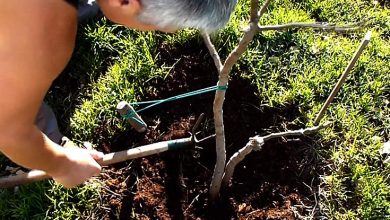
![Photo of Madagascar Jasmine: [Growing, Care, Pests and Diseases]](https://www.complete-gardening.com/wp-content/uploads/2022/08/madagascar-jasmine-growing-care-pests-and-diseases-390x220.jpg)
